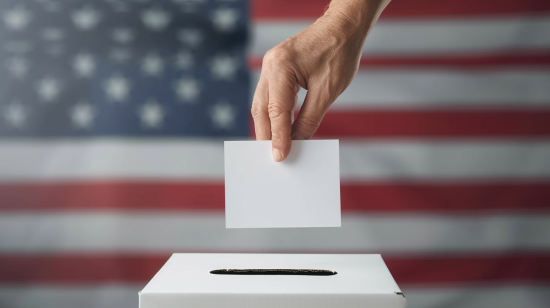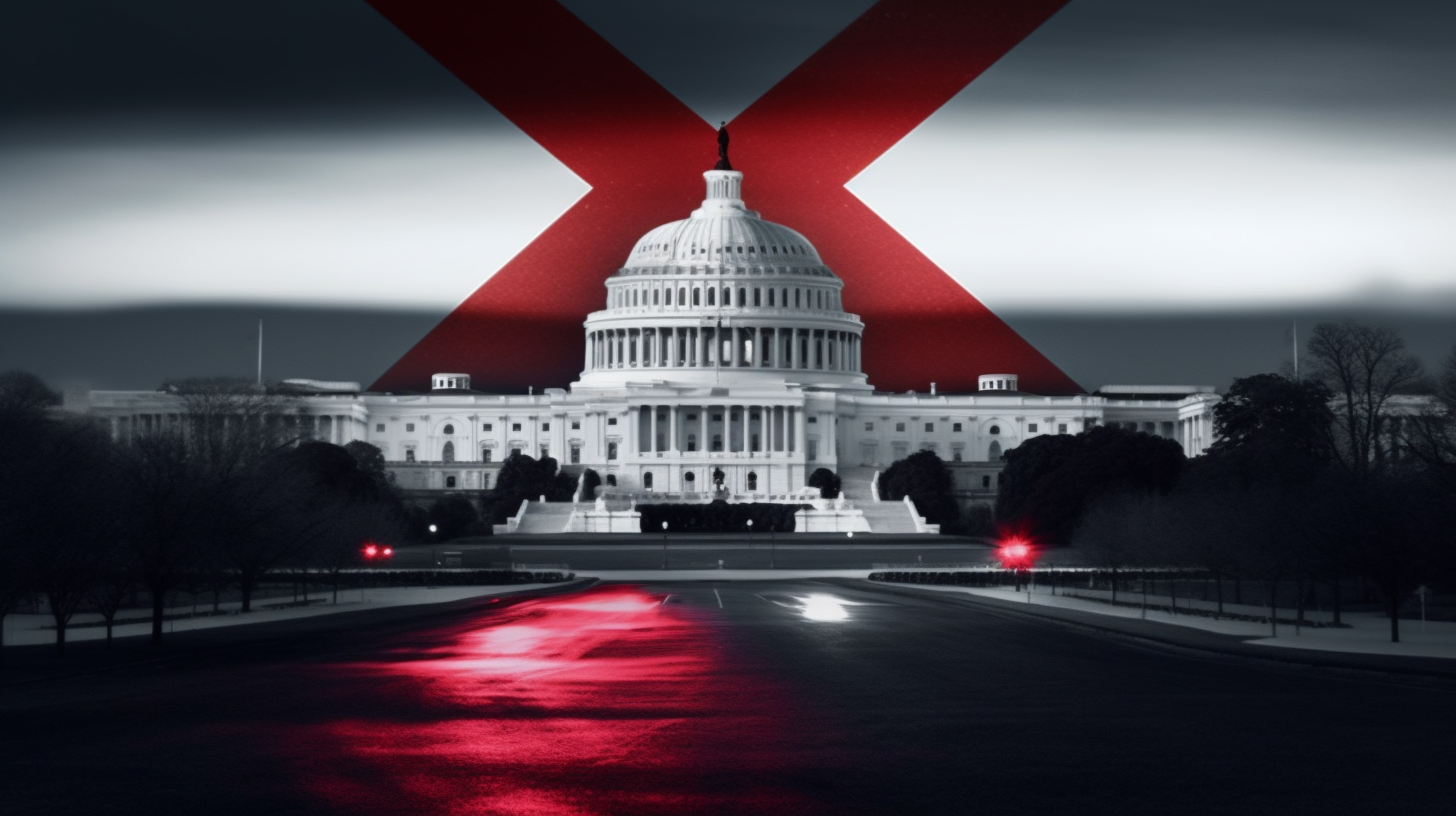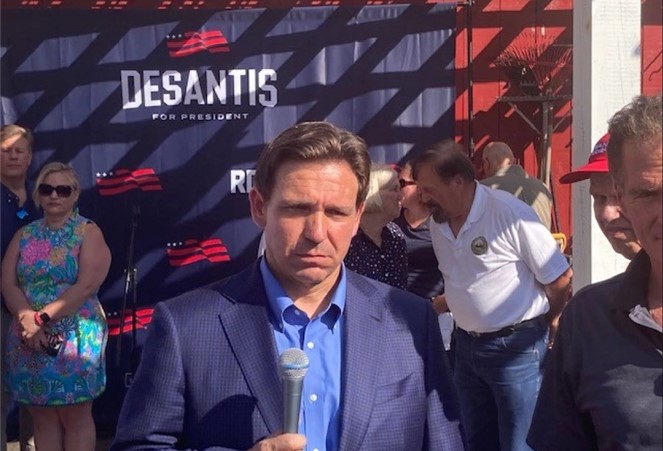As Vice President Kamala Harris steps into the spotlight as the likely Democratic presidential nominee, following President Joe Biden’s unexpected withdrawal from the race, the U.S. stock market faces a new layer of uncertainty in an already volatile election year. Harris’s sudden elevation to presumptive nominee status introduces fresh variables into the complex equation of political influence on financial markets.
Historically, election years have been associated with market volatility, as investors attempt to price in potential policy shifts. With Harris now at the forefront, market participants are scrambling to reassess their projections and strategies.
One of the primary factors influencing market sentiment will be Harris’s economic agenda. While she has largely supported Biden’s policies during her tenure as Vice President, investors will be keenly watching for any signs of divergence or new initiatives. Her stance on corporate tax rates, regulatory policies, and government spending will be particularly scrutinized, as these factors directly impact corporate profitability and economic growth projections.
The technology sector, which has been a significant driver of market performance in recent years, may face increased scrutiny under a Harris administration. Her background as a Senator from California suggests a deep familiarity with the tech industry, but also raises questions about potential regulatory efforts. Any indication of stricter oversight or antitrust measures could lead to volatility in tech stocks, which have a outsized influence on major indices.
Healthcare is another sector likely to see significant attention. Harris’s support for expanding healthcare access could boost hospital and insurance stocks, while potentially putting pressure on pharmaceutical companies if drug pricing reform becomes a central campaign issue.
The energy sector may also experience shifts based on Harris’s environmental policies. Her strong stance on climate change and support for renewable energy could benefit green energy stocks while potentially creating headwinds for traditional oil and gas companies.
Financial markets generally prefer policy continuity, and Harris’s nomination represents a degree of continuity with the current administration. However, her potential to energize certain demographic groups, particularly younger voters and minorities, could shift market expectations if it’s perceived to increase the Democrats’ chances of retaining the White House.
On the flip side, if Harris struggles to gain traction with voters or if the transition leads to visible fractures within the Democratic Party, it could boost market expectations of a Republican victory. Historically, some investors have viewed Republican administrations as more business-friendly, although this perception has become more nuanced in recent years.
The reaction of international markets will also be crucial. Harris’s foreign policy approach, particularly regarding trade relations with China and global climate initiatives, could impact multinational corporations and currency markets.
It’s important to note that while politics can influence market sentiment in the short term, long-term market performance is ultimately driven by economic fundamentals, corporate earnings, and global economic conditions. Investors should be cautious about making significant portfolio changes based solely on political developments.
As we navigate this unprecedented election season, with a last-minute change in the Democratic nominee, markets are likely to experience periods of heightened volatility. Each new poll, policy announcement, or debate performance could trigger market movements as investors continually reassess the likelihood of various election outcomes and their potential economic impacts.
For investors, the key will be to maintain a long-term perspective while staying informed about potential policy shifts that could impact specific sectors or the broader economy. As always, diversification and a focus on individual company fundamentals remain crucial strategies for navigating market uncertainty.
In the coming months, as Harris defines her campaign and policy positions, market participants will be watching closely, adjusting their strategies in real-time to this dramatic twist in the 2024 election narrative.
















